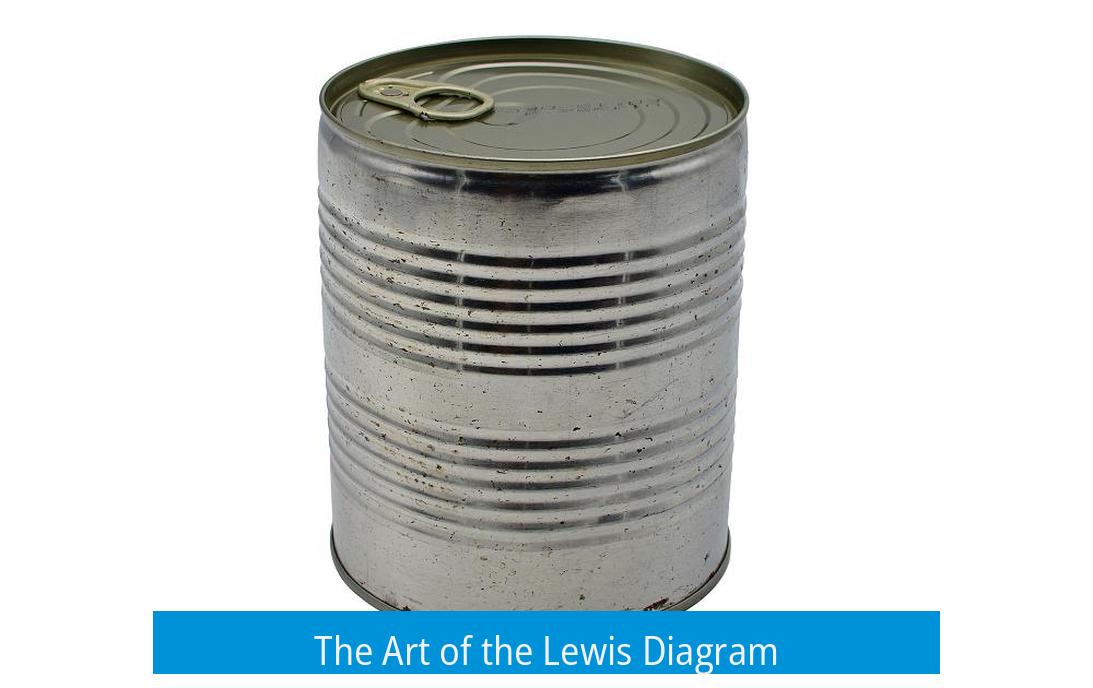Understanding Valence and Valency

Valence or valency refers to the number of chemical bonds an atom can form based on its outermost electrons, called valence electrons. These electrons determine an atom’s combining ability with others. Valency is fundamentally linked to an atom’s effort to complete its outer shell, often following the octet rule.
What Are Valence Electrons?
Valence electrons are the electrons in the outermost shell of an atom. These electrons mainly participate in chemical bonding.
- The octet rule states atoms tend to have 8 electrons in their valence shell to achieve stability.
- For example, nitrogen has 5 valence electrons. In its Lewis diagram, nitrogen is shown with 5 dots or crosses representing these electrons.
- Nitrogen needs 3 more electrons to complete its octet and typically forms 3 covalent bonds.
Using Lewis Diagrams
Lewis diagrams visually represent valence electrons around atoms.
- Only valence electrons are shown, as inner electrons don’t usually affect bonding.
- Electrons from different atoms can be depicted using different symbols, like dots for one atom and crosses for another.
- Silicon and carbon both show 4 valence electrons in Lewis diagrams, making them tetravalent—they tend to form 4 bonds.
The Octet Rule and Its Limits
Atoms commonly seek to fill their valence shell with 8 electrons.
However, some compounds violate the octet rule, especially those involving transition metals or molecules with odd numbers of electrons.
The octet rule serves as a useful guide but is not absolute.
How to Find Valence Electrons on the Periodic Table

The group number of an element in the periodic table helps identify its valence electrons.
- For example, elements in Group 15 (like nitrogen) have 5 valence electrons.
- Elements in Group 14 (like carbon and silicon) have 4 valence electrons.
Key Takeaways
- Valence electrons are the outermost electrons involved in chemical bonding.
- Valency is the number of bonds an atom typically forms to complete its valence shell.
- Lewis diagrams visually display valence electrons and bonding.
- The octet rule guides electron arrangement but has exceptions.
- Periodic table group numbers help determine valence electrons.
Can someone help me understand Valence/Valency?
In simple terms, valence or valency refers to the number of chemical bonds an atom can form, determined by the electrons in its outermost shell known as valence electrons. These electrons are the key players in chemical reactions and bonding because they are the most accessible for interacting with other atoms.
Now, if your brain is already doing somersaults, don’t worry. Let’s break it down and bring some clarity with some useful pointers and examples.
What Are Valence Electrons, Anyway?
Valence electrons are like the VIPs at a party—the electrons in the atom’s outermost shell that love to mingle and pair up. Why? Because atoms usually want their outer shell to be full, which often means 8 electrons, a concept famously known as the octet rule.
Think of nitrogen, the superstar with 5 valence electrons. In a Lewis diagram—a simple pictorial way to see the valence electrons—nitrogen looks like the letter “N” surrounded by five dots or crosses. Easy, right?
For example, nitrogen has 5 valence electrons, so a Lewis diagram is just N with 5 dots or crosses surrounding it.
Since nitrogen wants 8 electrons for a complete outer shell, it needs 3 more to hit that magic number. So, it forms 3 covalent bonds—sharing electrons with other atoms to fill its shell. Imagine it as nitrogen inviting three more friends to complete the dance circle.
The Art of the Lewis Diagram

Lewis diagrams are the atomic world’s doodles, showing only the valence electrons. They don’t concern themselves with electrons tucked tighter in the inner shells because those electrons are too shy to participate in bonding.
In these diagrams, covalent bonds appear as pairs of electrons shared between atoms, often shown with dots for one atom and crosses for the other to keep things neat.
Take silicon and carbon, for instance. Silicon has 14 electrons, many more than carbon’s 6, but both have 4 valence electrons and thus prefer to make 4 bonds (we say they are tetravalent). So, their Lewis diagrams look quite similar, focusing solely on the valence electrons.
If you’re stuck on how many valence electrons an atom has, just peek at the periodic table’s group (column) they belong to. It’s the cheat sheet for valence electrons!
Here’s a nifty tip: The group number in the periodic table often equals the number of valence electrons for main-group elements. So, if an element is in group 5, like nitrogen, it has 5 valence electrons.
The Octet Rule: The Atom’s Comfort Zone
Atoms strive for stability, and having 8 electrons in their outer shell usually does the trick. The octet rule explains why atoms form bonds—to share or transfer electrons to complete their valence shell.
But—and here’s where it gets interesting—the octet rule is not a strict law. Many compounds are rebels and don’t follow it perfectly. So while learning the octet rule is essential, be ready to encounter exceptions as you explore chemistry.
Valence or Valency: What’s the Difference?
Sometimes the terms “valence” and “valency” get used interchangeably, but there’s a subtle difference worth noting.
- Valence usually refers to those outermost electrons that participate in bonding.
- Valency describes the combining capacity of an atom—it’s basically the number of bonds an atom can form based on valence electrons.
So, for nitrogen with 5 valence electrons, the valency is 3 because it needs three more electrons to complete its octet and thus can form three bonds.
How Knowing Valence Helps You
Understanding valence and valency lets you predict molecular structure and bonding. For example, when studying water (H2O), you know oxygen has 6 valence electrons and needs 2 more, so it forms two bonds with hydrogen atoms.
Or consider methane (CH4), where carbon has 4 valence electrons and forms 4 bonds with hydrogen, satisfying the octet rule cleanly.
Besides homework help, this knowledge is essential in fields like materials science, pharmacology, and biochemistry—where molecular bonds matter profoundly.
Learning More and Getting Help

Feeling overwhelmed? You’re in good company. Chemistry has a reputation for being tricky. Fortunately, many online resources can offer detailed help.
Communities like /r/chemhelp are great places to ask questions and get explanations from fellow learners and experts.
If videos are your thing, Khan Academy offers thorough chemistry tutorials that break down valence, bonding, and more with clear visuals and step-by-step explanations.
Also, if you happen to know Romanian, some educators provide personalized help in that language—which can be comforting when English-based explanations just don’t cut it.
Final Thoughts: Can You Master Valence?
Absolutely! Valence might sound intimidating, but it’s fundamentally about electrons trying to complete a set. Atoms bond, share, and pair electrons to reach stability. Visual tools like Lewis diagrams help us see this invisible dance clearly.
So, what’s your next move? Grab a periodic table, pick an element, and sketch its valence electrons with dots and crosses. Try predicting how many bonds it will form and test your predictions with examples. You’ll find valence less mysterious and more like a helpful puzzle to solve.
Remember, chemistry is as much about curiosity as it is about rules. When you understand valence, you unlock a key part of why atoms behave the way they do. Now that’s powerful knowledge!
What exactly are valence electrons?
Valence electrons are the electrons found in the outermost shell of an atom. These electrons are important because they determine how an atom bonds chemically with others.
How does the octet rule relate to valency?
The octet rule states that atoms prefer having eight electrons in their outer shell. Valency refers to how many electrons an atom needs to gain, lose, or share to reach this full outer shell.
Why do Lewis diagrams focus only on valence electrons?
Lewis diagrams show only valence electrons because they are the ones involved in bonding. Inner shell electrons stay close to the nucleus and don’t usually take part in chemical reactions.
How can I determine the valence electrons of an element from the periodic table?
You can find an element’s valence electrons by looking at its column (group). Elements in the same group have the same number of valence electrons.
Can an atom have valency different from the number of its valence electrons?
Yes. For example, silicon and carbon both have four valence electrons, so their valency is four, meaning they typically form four bonds to fill their outer shell.





Leave a Comment